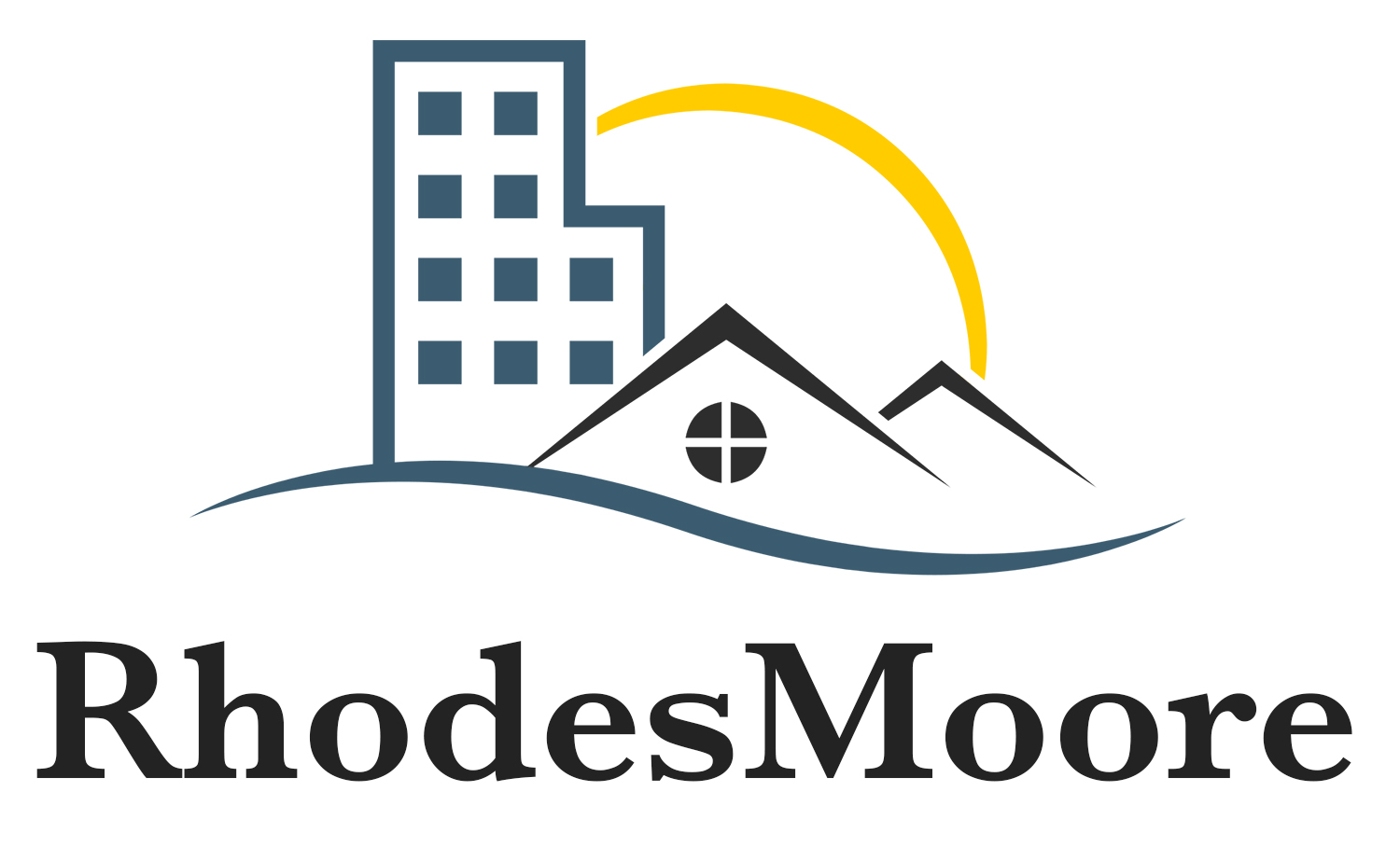
1) Non- correlated Investment Real Estate
For an investor with investments in multi-family, a new investment in senior housing would involve a real estate asset class that has different market characteristics for its residents.
In particular, the demand for senior housing is experiencing a demographic bulge with higher than inflation rate need for housing; also, the demand is needs based—someone going into assisted living and memory care is at the end of their life and needs to be where they can get assistance with their daily living needs. In the great recession rental rates for most multi-family went down, but in senior housing they increased.
Both products can have a useful place in a portfolio and their tracking can be complimentary.
2) Better Yield Spreads in Senior Housing
Ground up senior housing typically has a yield spread between pro forma and exit rates of nearly double what they do for multifamily.
A developer building an institutional quality multi-family project today in Los Angeles would be targeting an unleveraged 5.5% rate of return and looking to sell at a 4% cap rate (or better). In the senior housing world you are looking for a 9% unleveraged return and expecting to sell for a 6% cap rate (or better).
With one product you are getting a 150 basis points spread and in the other 300 basis points.
Senior Housing requires an operator with more management requirements which is the reason for the greater spread… but if you hit your numbers, the profit on the senior housing will be much higher with the additional 150 basis points spread in yield premium.
3) Better Cash Flow Coverage if Interest Rates Go Up
Like multi-family housing, senior housing also has available to it for permanent debt Fannie Mae and Freddie Mac product.
While more lenders will lend on multi-family, the difference in permanent loan interest rates between multi-family and senior housing is nominal. Given that the unleveraged return on senior housing is much higher than on multi-family, it means that senior housing has much more cash flow available to service debt, which is particularly important in a rising interest rate market.
The financial markets are just waiting for when the Federal Reserve will begin pulling back their financial support and most everyone would agree that interest rates over the next couple years could easily go up 100 basis points if not more.
If you have a multi-family project and rates go up, you are going to move into a position of negative leverage—where the debt service payment is at a higher rate than the unleveraged return on your property.
With senior housing, that should not be the case. Due to the expected stabilized 9% unleveraged return, an increase of a 100 or 150 basis points will leave the loan constant still under 7% and you would continue to have positive leverage when borrowing.
4) Better Cash Flow… Period
What this positive leverage means is that you will get much more current cash flow from a market performing senior housing project than a market performing multi-family one. This is one of the reasons to hold on to a senior housing project—it cash flows!
The bottom line is both multi-family and senior housing are real estate asset classes that someone should consider putting in their portfolio.
However, given the baby boomer demographic bulge, the probability of rising interest rates and the opportunity to realize the much greater yield spread on senior housing at time of sale, senior housing could be the preferred asset class.


